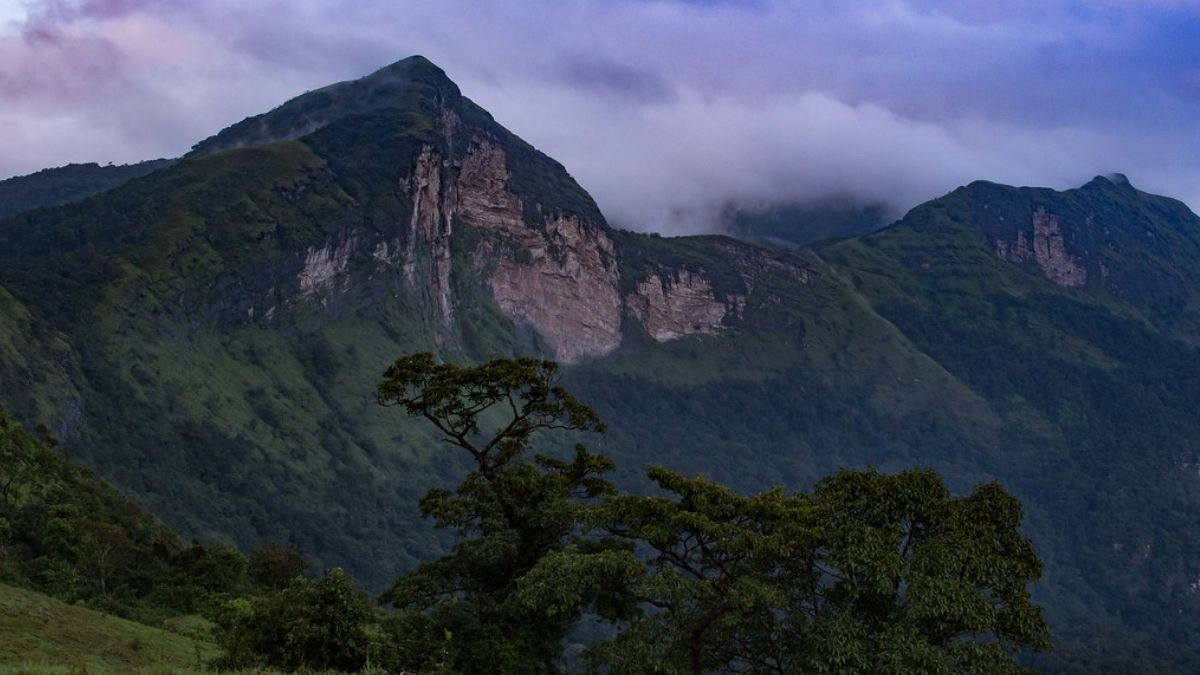The Sahyadri Hills, also known as the Western Ghats, run through several Indian states from north to south.They are known to have three types of plateaus: high-altitude laterite plateaus, low-altitude laterite plateaus, and high-altitude basalt plateaus. But, now a fourth plateau type has been listed in the mountain ranges. This comes after scientists at the Agharkar Research Institute (ARI) in Pune discovered a new plateau in the ghats.
Fourth Plateau Type Discovered In The Western Ghats
The fourth plateau type has a widespread flora with 76 plant and shrub species from 24 families found on the plateau. The recently discovered, extremely unusual low-altitude basalt plateau might provide fresh information on surviving climate change. The plateau, which also has a few rare species, shares flora with the other three rock outcrops. It is a significant discovery as it may serve as a database of knowledge about species interactions.
Dr Mandar Datar, the study’s lead scientist, stated that the Western Ghats are one of India’s four global biodiversities.The scientists have been researching here for two decades now, and the fourth plateau is their recent discovery. The rare low-altitude basalt plateau was discovered by Dr. Mandar in the Manjare village in Ratnagiri. The study talks about the importance of the plateau, which stands 156 metres above mean sea level.
New plateau type discovered by @ari_pune from Maharashtra could prove to be a repository of information to study #climatechange effects on species survival.@DrJitendraSingh @srivaric @guptaakhilesh63 @naigavkar
🔗https://t.co/9TVeKWjPLv pic.twitter.com/uVb3mZGGtA— DSTIndia (@IndiaDST) January 23, 2023
Also Read: IAS Officer Shares Picture Of Trash Inside Vande Bharat Express, Netizens React
Study Of Plateaus And Plants Is Crucial
Dr. Datar stated that the ARI team was investigating precisely how these plants endured in such harsh environments on this fourth plateau type. They also made an effort to determine whether their survival may have had a genetic component. The vegetation survives in high-temperature conditions that might occur with climate change. The plants here have only four-month lifecycles. After monsoons, due to water scarcity, the plants here die.
They survive in extremely bad conditions, as the soil temperature also reaches 60 degrees Celsius during the summer. If the scientists happen to find any such genetic component, they can use it for crop survival or future applications. This is why the study of such plateaus and plants is very much important.

Also Read: Vlogger And His Wife Create History By Flying 350 Km To Draw India’s Largest Map In The Air
What do you think about this new discovery? Let usknow!
Cover Image Courtesy: Flickr
First Published: January 28, 2023 3:14 PM



